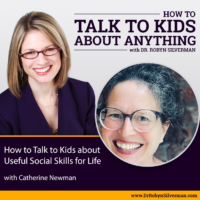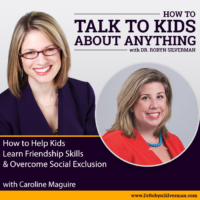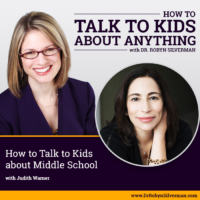Podcast: Play in new window | Download
Subscribe: Apple Podcasts | RSS | More
How to Help Kids Who Struggle with Executive Function Skills in School and in Life with Seth Perler
This podcast will focus on how to help kids who struggle with executive function, that is, executing tasks to their completion. Does your child struggle with organization, scheduling, time management, or completing tasks? Does your child get overwhelmed, avoidant, resistant or forgetful when you ask them to complete tasks? They may be struggling with executive function. Seth Perler and Dr. Robyn Silverman have a wonderful conversation about executive function, how we can help kids who struggle with executive function and mistakes to avoid when working with kids who are challenged in this area.
Special guest: Seth Perler
What is executive functioning and what does it have to do with our children’s success in school and life? My next guest explains that 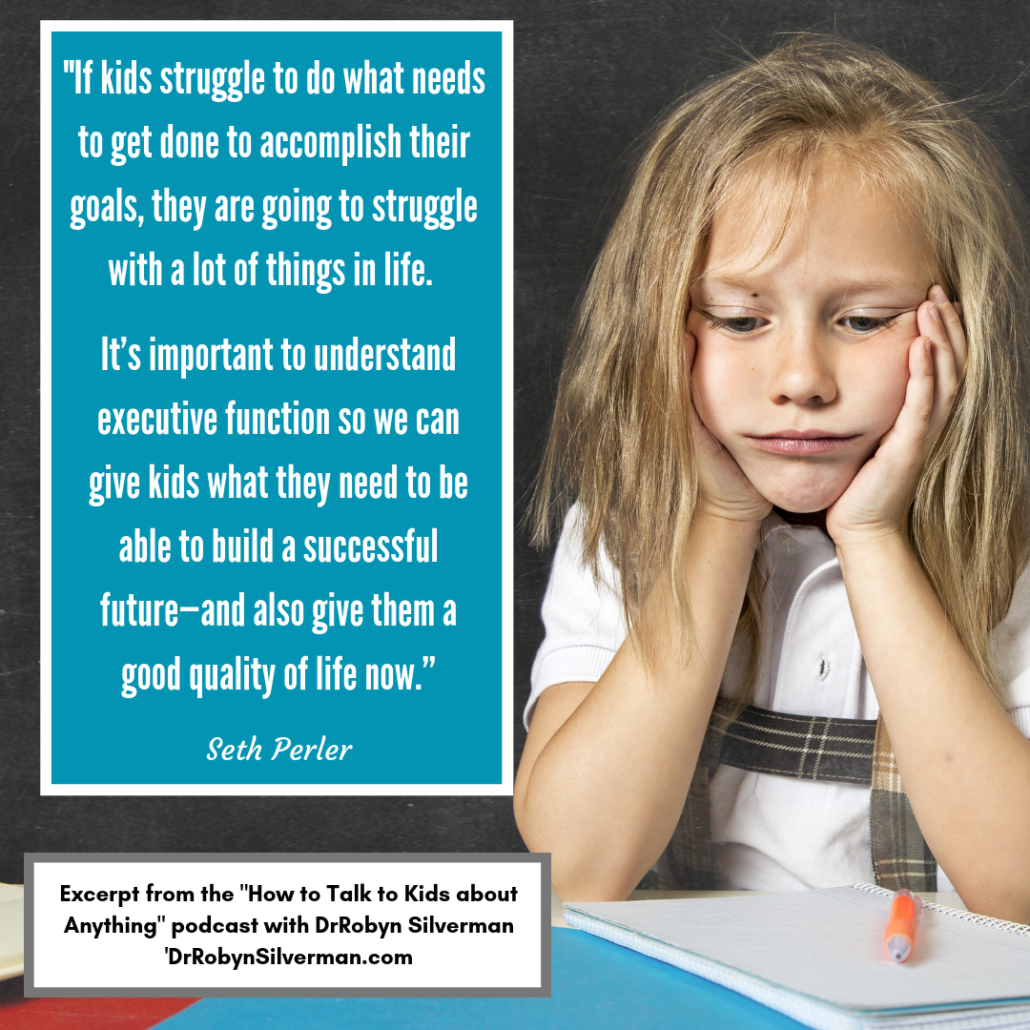 Executive Function is what it takes to get stuff done (such as homework, writing a paper or cleaning a room, etc.). In other words, it’s the ability to “execute” complex tasks and see that those tasks go all the way through to completion. Some kids have a knack for organizational tasks, scheduling and pacing themselves—while others struggle. If your child struggles with school-related tasks like homework, staying focused on a project until it’s completed, organizational skills, time management—or perhaps become avoidant, resistant, forgetful or overwhelmed when it comes to getting school-related tasks completed– they probably struggle with Executive Function. So, what can we do? How can we help our kids who struggle in this area? And what do we want to avoid doing, so we don’t make things worse? My next guest has these answers and more.
Executive Function is what it takes to get stuff done (such as homework, writing a paper or cleaning a room, etc.). In other words, it’s the ability to “execute” complex tasks and see that those tasks go all the way through to completion. Some kids have a knack for organizational tasks, scheduling and pacing themselves—while others struggle. If your child struggles with school-related tasks like homework, staying focused on a project until it’s completed, organizational skills, time management—or perhaps become avoidant, resistant, forgetful or overwhelmed when it comes to getting school-related tasks completed– they probably struggle with Executive Function. So, what can we do? How can we help our kids who struggle in this area? And what do we want to avoid doing, so we don’t make things worse? My next guest has these answers and more.
Seth Perler helps students who struggle with school, homework, grades, resistance, overwhelm, motivation, underachievement, organization, focus, study skills and time management.
He helps complicated, misunderstood, outside-the-box, neurodiverse learners turn it around in a baffling system so they can launch a successful future. His blog, sethperler.com, gives game-changing answers in a sea of misguided educational fluff.
Traditional academic interventions don’t often get to the root of a child’s problems and they’re often based on misinformation or outdated paradigms. Consequently, your child’s patterns get worse each year, leading to pervasive difficulties transitioning into adulthood.
Parents often feel helpless, watching their child drown in school, as they spin their wheels trying to help. Parents are desperate for tools that are 1) practical, and 2) that account for a child’s unique needs. It’s all about Executive Function, which is Seth’s specialty.
The podcast provides:
- What is executive function?
- Why executive function is not something that we are helping ALL kids to master
- How do we know executive function is an issue?
- What are the common mistakes key adults make in the lives of kids who have trouble with executive functioning?
- What can the key adult—the parent, teacher or coach- say to this child to help him understand that this story he’s been telling himself is not true?
- What can we do to help kids who are struggling with executive function?
- What are some strategies that help kids get from point A to point B?
- What are some key ways that we can help kids understand themselves and their brains?
Important Messages:
- Difficult topics need to be put into plain English—but executive function is written in complicated, clinical terms.

- The children who are struggling with executive function tend to me outliers- so many programs are not built for them to work on these skills. Funding cuts things that don’t serve middle of the bell curve.
- Easy to blame kids and say “they aren’t working hard enough.” But this is not the problem most of the time- it’s executive function.
- Need to educate these kids so that they can have a great life. Both for future and for now.
- Executive function is not a quick fix process. Takes time. Lots of angles that need to be addressed. (1) Not quick and easy. Be patient. Build new systems, work arounds, new mindset, new strategies. (2) Know what pieces need to be addressed- how to organize, plan, get from point A to point B—need to know how to go from point A to point B where A is starting point and B is DONE. Completed for kids- needs to be handed in to teacher. So kids need to develop the skill of planning. Planning is enormous- short term, medium term, long term planning. Need to develop the skill of organization. Folders, inbox, backpack, drawers, closet, room. Prioritization (what they need to do instead of what they want to do- like video games), time management. Attack from multiple angles. (3) Story- narrative- that gets into misunderstanding and shame. How we inadvertently shame kids.
- If kids are struggling with responsibility and follow through, self-starting, procrastination, motivation, knowing what’s for homework, remembering details, clueless about what needs to be done, overwhelmed—struggling with execute- get things done that need to be done, that are in their own long term best interest, this is an executive function problem. Feeling in pit of stomach? Worried?
- Cleaning the closet: Resistance happening. Resistance looks like procrastination, lack of motivation, not trying, not starting. Want them to clean closet? Don’t force, shame, nag, don’t make them—instead, build strong healthy attachment with them. They have to know that you care about them and like them- often feel like just being barked at and told what to do. Don’t feel seen or heard or valued. Need to feel like you get them. Safe person. So they know they can share their fears, frustration, resistance—what excuses are. Need relationship so that they will let us help them.
- When we have trust in the relationship, we can get buy in and ownership. Want them to want to get it done- want to feel more free and in control. Not us telling them but them volunteering to get it done.
- We know kids needs to get these tasks done- there is fear around it because we know kids needs to be able to do these things if they’re going to be successful. We become impatient. Starts way before getting the thing done.
- Need to be able to plan in their mind- imagine in their mind, envision, talk selves about, what will it look like when it’s done? What will it feel like? What will the process looks like? This is planning. Think it through. First, second, third. Remove resistance.
- Why are kids resistant to getting something done? Because there is ambiguity to what it means to do the task like clean the closet. All they know is that it’s going to be a massive, annoying job- it’s going to be a mess- don’t know where it starts, where it ends, how long it will take. How much will you bark at them? Overwhelming. Comes from ambiguous. Goes from ambiguous to concrete. They KNOW what it will look like, how to start, what the end looks like, what kind of support they will get, how long they will do it.
- STRATEGY: Chunking/batching. By time or by task.
- TOOL: Timer- life changing!
- We don’t use a timer on our phone because the thing that is supposed to help you is filled with distractions!
- Script: “We are going to work on this closet. That’s your goal today? Great! Do you want to work on it right now to get started for 5 minutes, ten minutes or 15 minutes (false choice)?” Even if they say 5, it’s a win! I know that once they get started, they’ll go longer than 5 min. I tell them; “I am teaching them to manipulate themselves.” If they can say they’ll do it for 5 min, they are going to surprise themselves by getting the ball rolling and they’ll wind up doing more—doing more than they thought. It’s the ambiguity that’s difficult- we want to make it concrete and chunk by time. Maybe they’ll go for an hour!
- Script: Chunk by task “We are going to work on this closet today? Let’s just start by working on the top shelf (or shoes, or the left side, or things we know are garbage, or let’s pull it all out first, or the floor). If they say “yes” then you can start there. If “ugh!” then that means “no.” Chunk it down more. Start with one thing from the floor?
- Backpack: “Anything personal in the backpack you don’t want me to see?:” They have to feel safe. Pull it out and put it in their hand. Sit next to them and put a paper in their hand “is this a yes, no, or maybe?” Yes- it needs to be turned in or done or put back in folder. No- recycle. Maybe- might need it. Do it over and over and gets faster. Walk through process.
- Tool: Scafolding. Helping to make it happen. Making it possible.
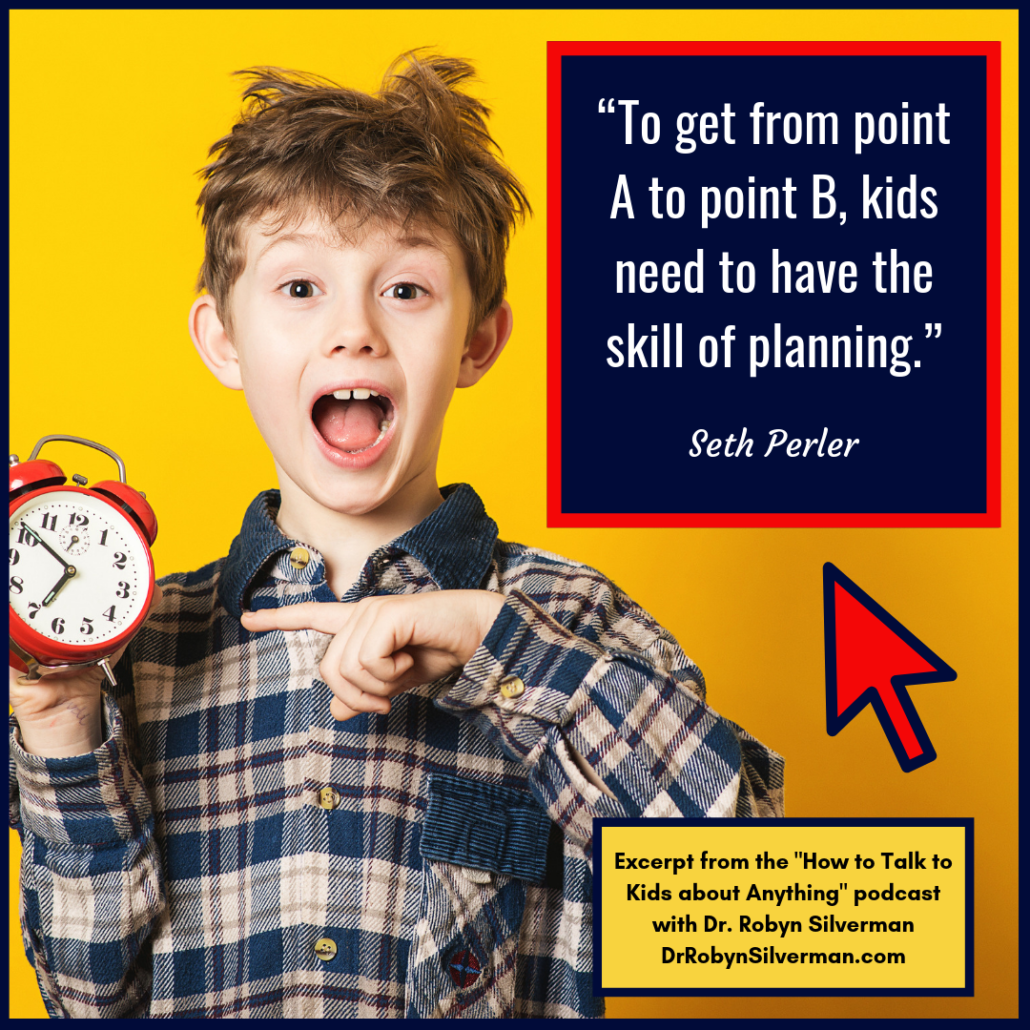 So how do you get from point A to point B? First, healthy, secure attachment. Next- buy in and ownership. Third is chunk it down and walk them through the process. Fourth- acknowledge them. Notice them. Small things.
So how do you get from point A to point B? First, healthy, secure attachment. Next- buy in and ownership. Third is chunk it down and walk them through the process. Fourth- acknowledge them. Notice them. Small things. - We often notice the small things they didn’t do—notice the small things they did do.
- 3:1 rule– Can we do three compliments to every once perceived negative?
- Script: “You just put your name on the paper—great, lots of people forget that.” “You just picked up the very first thing off your closet floor. That’s pretty cool. You got started.” “You just cleaned out your whole backpack—do you know what we just did? We had said we’d do 5 minutes- but it’s been 45! Look at what you did! You got all your folders organized. You got all the pockets organized. You recycled all this stuff you don’t need. You lightened your load.” Reflect back to them- what I want them to noticed. The choices that I want them to continue. We must reflect back to them!
- Gradual release of responsibility- so they are taking more responsibility. Eventually, they should grab the next paper as they are thinking yes. No, maybe. Starting to write in planner- then they take it on.
- Shaming kids: We need to be conscious of it. This happens when they can’t do what we are asking them to do or they won’t do what we are asking them to do. They might not have the right skills to override the resistance. They are having trouble doing the thing that needs to get done.
- Script: “Hey dude, what’s going on? What do you need to get this done? Do you understand that this is important?” It’s a can’t. Not a won’t.
- Shame story: “Why are you being lazy? Why can’t you just try harder? Why don’t you care about school? Why can’t you be more disciplined?” Even if we don’t say those words- we can convery those messages. Society can convery those messages. Eductors can convery those messages. They system can convey those messages. Culture can convey those messages. We are assuming that it’s a matter of will. You willingly won’t do what needs to be done. The child hears that. This becomes their inner critic. This becomes the story we tell ourselves. Pierces into their heart.
- How did it feel to be 5, 8, 21- someone shamed us- we felt it 20 times worse than as adults.
- I AM: What is their identity?
- First listen to the child. “Why do you feel that way? Tell me more.” Honor them. Hold space for them. Listen 10 X more than you think you should.
- Genuine compliments- these kids are so cool!
- “I hear you. You know what I think? I think you’re pretty awesome. I think it’s really cool how you do this. I notice your effort in these ways. I see that you do it this way.” No BS- what is really cool about them. See them.
- Practical stuff. “Here’s what’s going on the brain. Here’s some science.” It depersonalizes it. Watcher perspective. Metacognitive. This is not you. You are not your thoughts. You are not your feelings. This is your brain. Your brain is still developing. You’re going to be okay—and not only are you going to be okay—you are okay. You’re awesome.” Changes narrative in a rational way. Logical.
- Love them. Love yourself—and show self care.
Notable Quotables:
- “Executive function is important because life is not a game. These are real people’s lives. We have an opportunity to educate
 these kids and raise them so that they can have a great life.”
these kids and raise them so that they can have a great life.” - “There are real, serious consequences in life when we can’t execute.”
- “If kids struggle to do the things that need to get done to accomplish their goals, they are going to struggle with a lot of things in life. It’s so important to understand executive function so we plant seeds so we can give kids what they need to be able to build a happy, healthy, successful future—but also give them a good quality of life now.”
- “To get from point A to point B, kids need to have the skill of planning.”
- If we really want to help a child with completing a task, it’s not to force them, it’s not to make them, it’s not to yell at them, it’s not to shame them—but instead, build healthy secure attached relationship. There has to be trust there. They have to know that you care about and like them.”
- “Adults so often tell kids what they need to do. Instead of us telling kids what they need to do, we need them to take ownership and tell us what needs to be done. We can guide them- but we want them to feel like it’s their idea and they want to get this done.”
- “Chunk down the goals. How do you eat an elephant? One bite at a time. A journey of a thousand miles begins with one step. These are baby steps. They’re micro-steps. They’re millimeters—but that is what matters in this game.”
- “Give kids three compliments for every one perceived negative. We tend to notice the small things that kids do wrong but not the other side. I like to throw these pebbles of compliments at kids constantly. It is one of my keys to success with kids. It’s how I keep them motivated. It’s how they know I see them. It’s how they know I’m noticing.”
- “We want to reflect back to our kids what we really want them to notice and the behaviors and the choices that they are making that we want them to continue.”
- “Shame goes deep. Our kids might not say it, they may not act like it, they may act out in other ways, they may withdraw. It’s there. They feel it. It’s real. It impacts them. We don’t have to come at it with that story.”
- “Compliment kids. These kids are so cool! I can make a list of 1000 things that are so cool about them.”
- “Reflect back the awesomeness in this human being in front of you with all this potential and all this greatness.”
Resources:
- Here’s the executive function article: https://sethperler.com/executive-function-holy-grail/
- And here’s Seth’s true story: https://sethperler.com/true-story/
- SUBSCRIBE: Check out Seth’s blog here to get fantastic insights that will help you help your child! https://sethperler.com/
- Subscribe and he’ll send you his weekly update AND the Student Success Toolkit, a minicourse that will teach you ways to apply his ideas.
- GET ANSWERS: Also, check out his in-depth course to help struggling students turn it around: https://sethperler.com/ugyg/
- SPEAKING: If you want to hire him to speak for your parent or teacher event, learn more here: https://sethperler.com/public-speaking/
- Here’s the 2e article and video: https://sethperler.com/child-2e-twice-exceptional-ultimate-guide/



